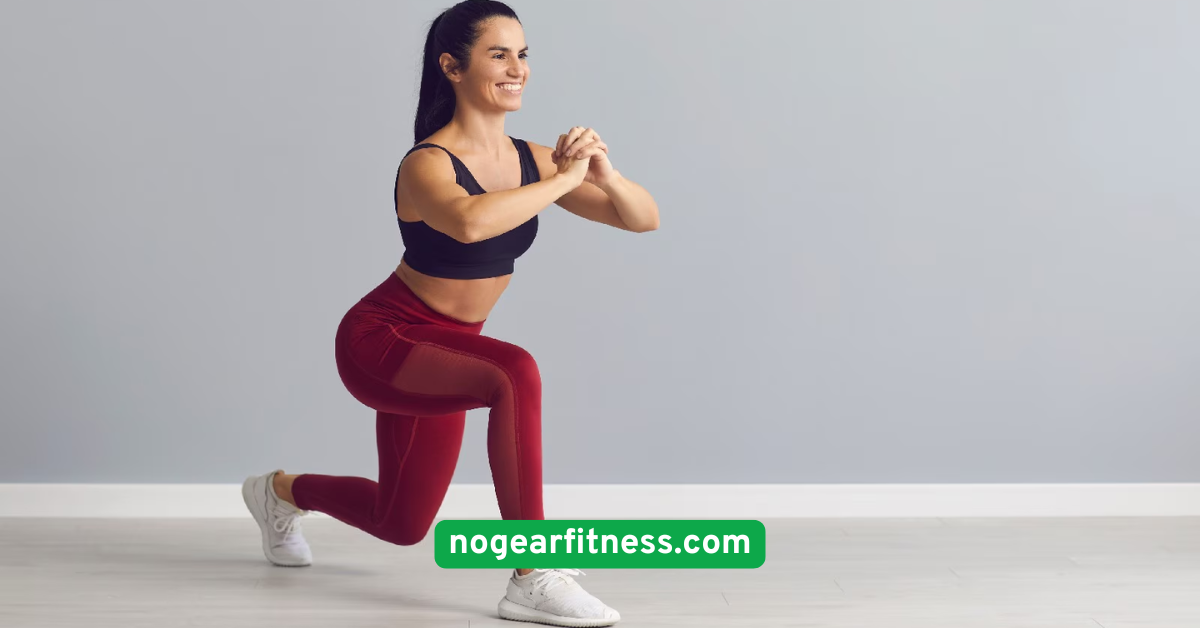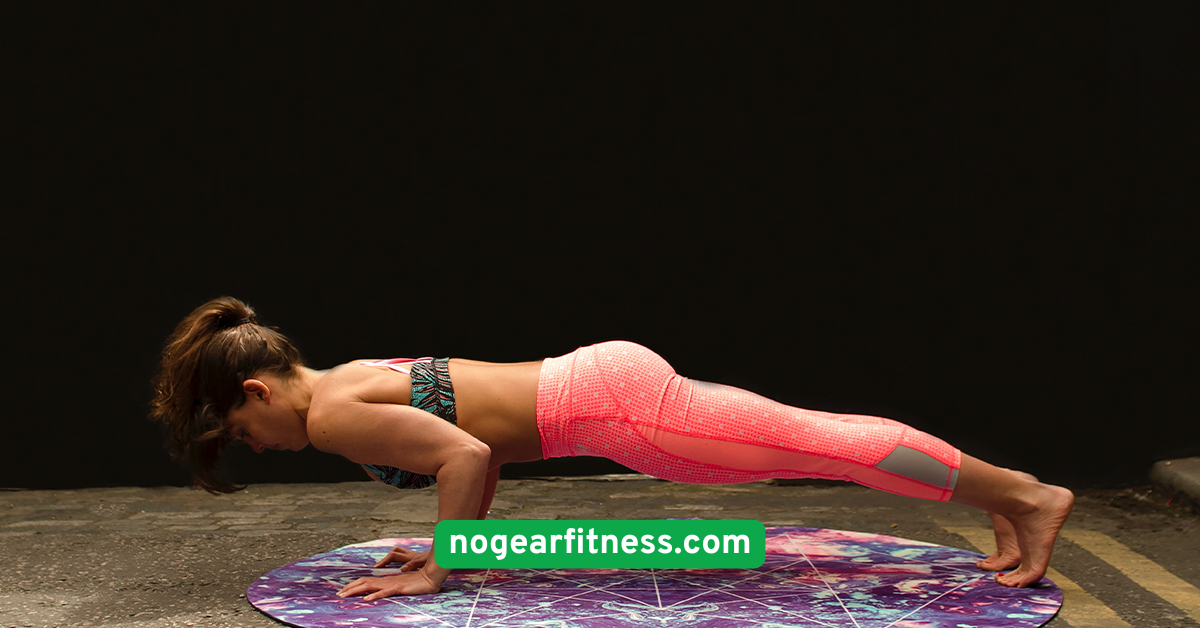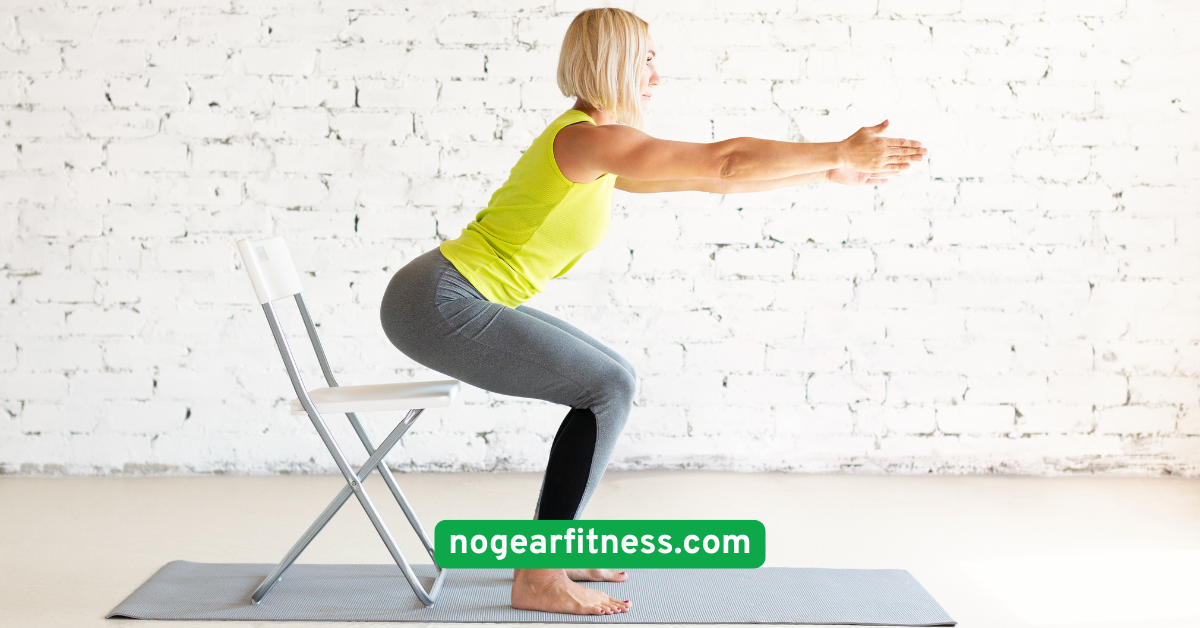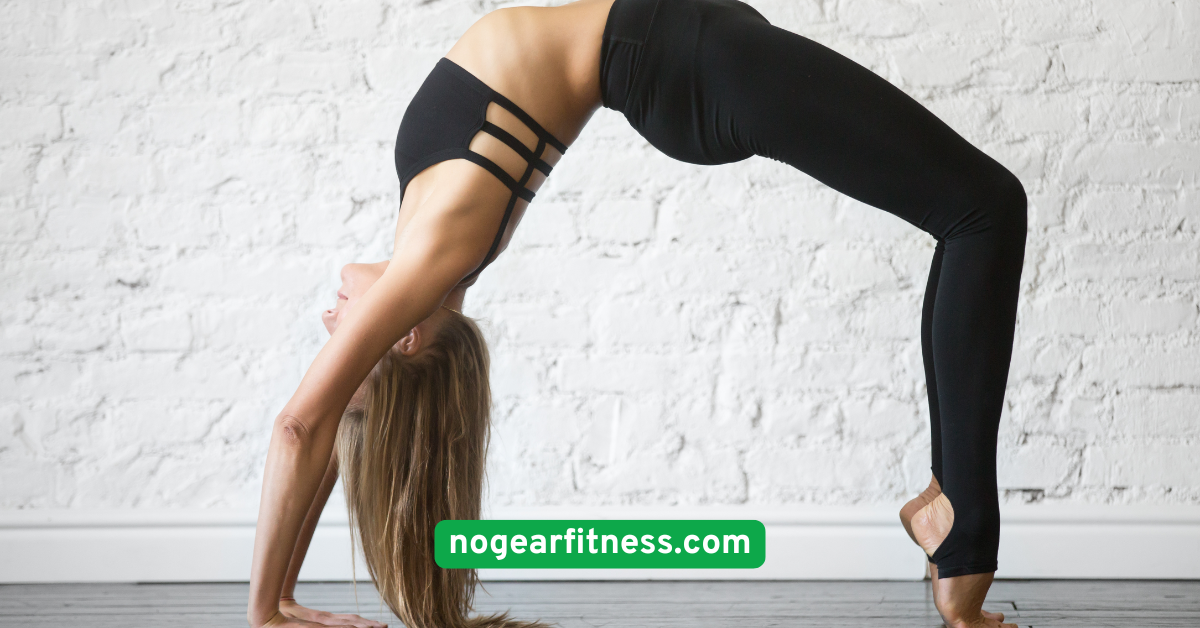10 Low-Impact No-Equipment Workouts to Get Fit Anywhere in 2025
The rise of at-home fitness and bodyweight workouts has been remarkable. Recent trends in 2025 show that many people prefer workouts that combine simplicity with effectiveness. According to experts, low-impact exercises not only improve muscle tone and cardiovascular health but also promote mobility and reduce injury risk. So, if you want to stay active without stressing your joints, read on! This guide has everything you need to start your fitness journey — no equipment required.
1. Walking Lunges
Walking lunges are a fantastic way to build leg strength, improve balance, and engage your core — all without any gear. Start by standing tall, then step forward with one leg, lowering your hips until both knees are bent at about 90 degrees. Make sure your front knee stays above your ankle, not pushing forward past your toes. Push off with your back foot and bring it forward into the next lunge. Keep your torso upright and gaze forward to maintain balance.
The benefits of walking lunges go beyond just sculpting your thighs and glutes. This movement also enhances your hip flexibility and stability, making daily activities easier and safer. It’s an excellent low-impact exercise, especially if you’re easing back into fitness after a break. Beginners can reduce stride length or hold onto a wall for support, while those more advanced can add pulses at the bottom of the lunge or increase repetitions for more challenge.Try incorporating walking lunges into your warm-up or circuit routines for a full lower-body burn. Even a few sets of 10-15 reps per leg can boost muscle endurance and coordination without joint strain.

2. Wall Push-Ups
If classic push-ups feel too intense, wall push-ups are a perfect low-impact alternative to strengthen your chest, shoulders, and arms. To do them, stand facing a wall with your feet shoulder-width apart, about two feet away from the wall. Place your palms flat on the wall at chest height, fingers pointing upward. Slowly bend your elbows and lean your body toward the wall, keeping your body in a straight line from head to heels. Then, push back to the starting position.
This exercise is gentle on the wrists and shoulders compared to traditional floor push-ups, making it ideal for beginners or those with upper body limitations. Wall push-ups help build foundational strength needed for more challenging exercises down the road. As you get stronger, move your feet further from the wall to increase resistance or try incline push-ups on a sturdy countertop.Wall push-ups are versatile, quick to perform, and can fit into your daily routine anytime. Plus, they encourage proper posture and core engagement, important factors for long-term fitness success.

3. Glute Bridges
Glute bridges target the gluteal muscles, lower back, and core — essential areas often neglected in typical workout routines. To perform a glute bridge, lie on your back with knees bent and feet flat on the floor, hip-width apart. Keep your arms relaxed at your sides. Engage your core and squeeze your glutes as you lift your hips toward the ceiling, creating a straight line from your shoulders to your knees. Hold briefly at the top, then slowly lower back down.
This low-impact move improves posture, alleviates lower back pain, and strengthens the hips, making it perfect for desk workers or anyone with a sedentary lifestyle. Glute bridges can be modified by placing feet wider apart or lifting one leg off the ground to add difficulty.Incorporating glute bridges into your routine helps activate the posterior chain — crucial for balance and injury prevention. A few sets of 15 reps can lead to noticeable improvements in strength and mobility over time.

4. Seated Leg Raises
Seated leg raises are excellent for strengthening the thighs and hip flexors without putting pressure on your knees or back. Sit on a sturdy chair with your back straight and feet flat on the floor. Slowly extend one leg straight out in front of you, hold for a couple of seconds, then lower it back down without letting the foot touch the floor. Alternate legs and repeat.This simple exercise is perfect for people with mobility challenges, seniors, or those recovering from injury. It promotes muscle endurance and helps maintain functional independence. To increase the challenge, hold the raised position longer or perform more repetitions.You can perform seated leg raises multiple times a day, making it a convenient addition to your routine whether at work or home. It’s a discreet yet effective way to keep your lower body active.

5. Standing Side Leg Lifts
Standing side leg lifts focus on the outer hips and thighs, improving hip mobility and strengthening muscles that support balance. Stand next to a wall or chair for support if needed. Keeping your torso upright, lift one leg out to the side slowly without tilting your hips. Hold briefly and then lower back down. Repeat on the other side.This low-impact move is excellent for toning the outer thigh muscles and increasing lateral stability — important for everyday movements and preventing falls. It’s a great addition to balance training routines and suitable for all fitness levels.For an extra challenge, try adding ankle weights or increasing repetitions gradually. Standing side leg lifts can easily be incorporated into morning stretches or workout circuits.

6. Modified Plank on Knees
Planks are well-known for core strengthening, but modified planks on the knees reduce pressure on the lower back and wrists, making the exercise accessible and joint-friendly. Begin on all fours, then lower your forearms to the floor. Extend your legs behind you but keep your knees on the floor, creating a straight line from your head to your knees. Engage your core and hold the position for 15-30 seconds.
This exercise builds endurance in your abdominal muscles, lower back, and shoulders without the high impact of traditional planks. It helps improve posture and overall core stability, which is vital for injury prevention and daily functional movements.As you build strength, you can increase hold times or transition to full planks. Modified planks are an essential part of any low-impact workout plan.

7. Chair Squats
Chair squats help strengthen the lower body while ensuring safety and proper form, especially for beginners or those with knee issues. Stand in front of a chair with feet shoulder-width apart. Lower yourself down slowly as if you’re going to sit, lightly touch the chair with your buttocks without fully sitting, then stand back up.This movement improves thigh, glute, and core strength while teaching proper squat mechanics. It’s an excellent way to build confidence in your legs and improve knee stability. To make it more challenging, increase the number of reps or hold a squat position just above the chair for a few seconds.Chair squats are convenient for home workouts and require no equipment besides a sturdy chair, making them budget-friendly and effective.

8. Arm Circles
Arm circles are a simple yet powerful exercise to increase shoulder mobility, improve circulation, and warm up the upper body. Stand or sit with your arms extended straight out to the sides. Slowly make small circles with your arms, gradually increasing the size. Perform circles in both clockwise and counterclockwise directions.This exercise helps relieve tension, enhances flexibility, and prepares your shoulders for more intense workouts. It’s especially useful for people who spend a lot of time at desks or in front of screenArm circles can be done anytime during the day and require no space or equipment — a perfect on-the-go workout addition.

9. Heel Raises
Heel raises strengthen your calves and improve ankle stability, which are important for balance and injury prevention. Stand with your feet hip-width apart, slowly lift your heels off the ground, balancing on your toes. Hold briefly, then lower your heels back down. Use a wall or chair for support if needed.This exercise is simple but effective for strengthening the lower legs and improving posture. Heel raises also enhance blood flow and can reduce leg fatigue after long periods of sitting or standing.Try performing sets of 15-20 reps daily to feel stronger and more stable on your feet.

10. Cat-Cow Stretch
The cat-cow stretch is a gentle yoga-inspired movement that improves spinal flexibility, reduces stress, and promotes relaxation. Start on your hands and knees in a tabletop position. As you inhale, arch your back, lifting your chest and tailbone (cow pose). As you exhale, round your back, tucking your chin and pelvis (cat pose). Move slowly between these positions for several breaths.This stretch is fantastic for relieving tension in the spine and improving posture, especially if you spend much time sitting. It’s an excellent addition to warm-up or cool-down routines and supports mind-body connection through mindful breathing.Performing the cat-cow stretch regularly helps keep your back healthy and can alleviate stiffness.

Conclusion
Low-impact no-equipment workouts are your ticket to staying fit anywhere in 2025 — without needing expensive gear or gym access. From walking lunges to the calming cat-cow stretch, these exercises build strength, flexibility, and balance gently yet effectively. Whether you’re a beginner, recovering from injury, or simply looking for convenient workout options, these moves are perfect to fit into any lifestyle. Consistency is the secret! So grab your space, commit a few minutes daily, and watch your fitness flourish. Ready to get started? Your journey to a healthier, stronger you is just one workout away!





